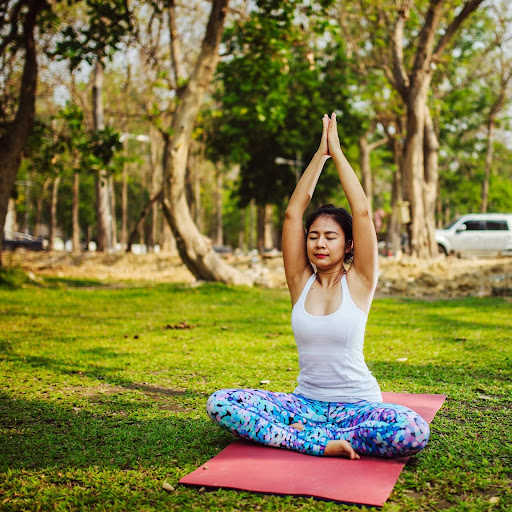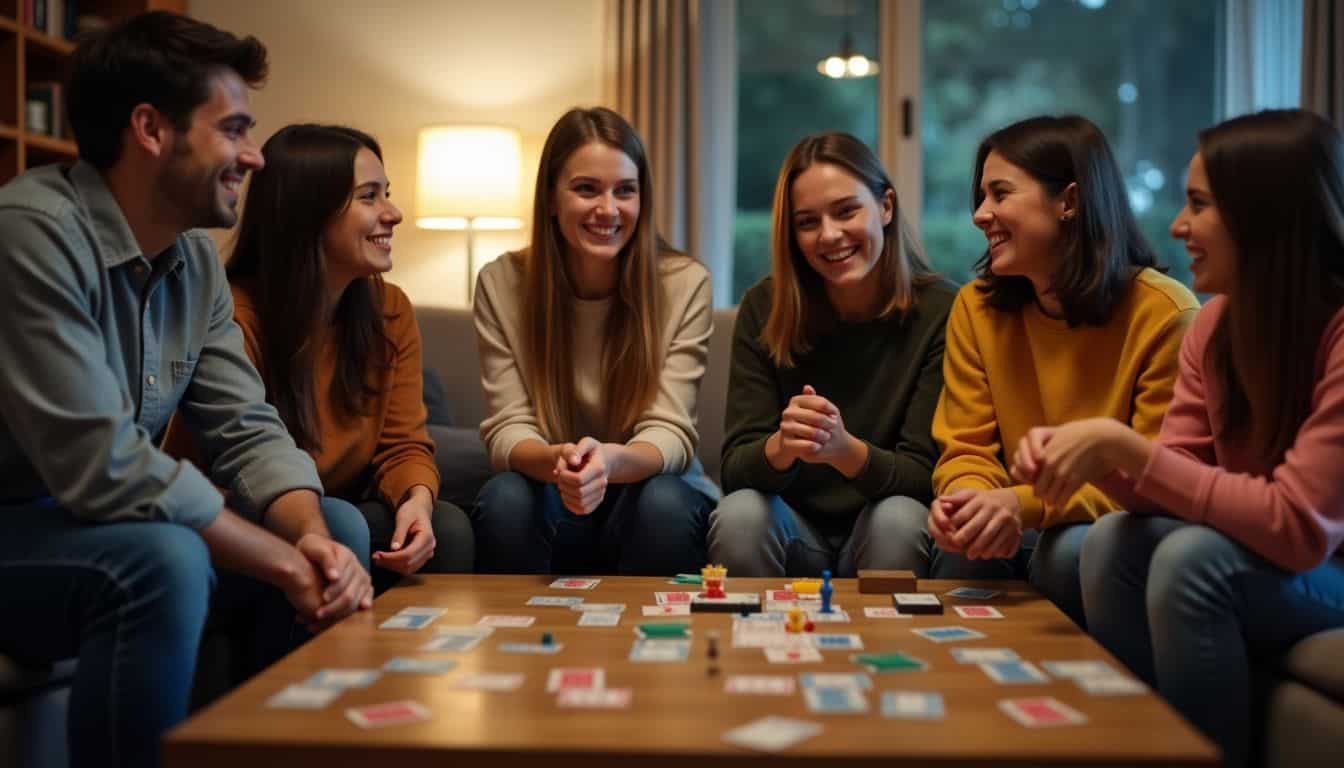Five years ago, teacher training meant showing up personally for weeks of engagement. Now, you can complete most hours from your living room, watch anatomy lectures on your commute, and practice yoga teaching on Zoom. The options have multiplied.
Accessibility and Flexibility
Online platforms changed everything. Training is no longer limited by geography or schedule. You don’t need to take a month off or travel across the world. You can study from anywhere with Wi-Fi while keeping your job.
Apps now track practice hours automatically. They log your teaching sessions, meditation minutes, and study time. You see your progress instantly and know exactly where you stand.
Video libraries offer instant access to world-class teachers. You can pause, rewind, and learn at your own pace, which is hard to do in a live group.
Some yoga teacher training programs even use virtual reality. You can walk through a 3D muscular system, rotate bones, and explore anatomy in a way no textbook can show.
Online forums also connect students globally. Your cohort might include people from twenty countries. Someone across the world answers your question while you sleep. The community never stops moving.
Hybrid models mix online yoga learning with short in-person discussions. You study all the theoretical parts remotely and then travel for a week or two for deep practice and connection. It’s practical and transformative at the same time.
Costs are lower, too, as you don’t have to pay for housing, travel, or food. That makes certification accessible to many who couldn’t afford it before.
What Gets Lost Online
But something shifts when everything moves to screens. You can’t replicate the energy of living and learning together for weeks. The shared meals, the group fatigue, the late-night talks, all these create a bond that technology can’t.
Learning physical adjustments requires touch. Watching videos can’t teach you how much pressure to apply or how a student’s resistance feels.
There’s also a different energy transfer in person. When a teacher demonstrates beside you, their presence affects you. Zoom flattens that experience.
Immersive yoga teacher training forces you to disconnect. No emails, no social media. That distance from daily life creates the space where transformation happens. At home, your phone buzzes, the doorbell rings, laundry piles up, and depth is lost.
The Human Connection
Physical exhaustion builds community. When everyone’s sore, sweating, and struggling together, bonds form quickly. Online, that shared struggle disappears.
Some people need accountability. In person, you show up because you have to. Online, it’s easy to skip a session or multitask during a lecture. Discipline becomes the real teacher.
Spontaneous moments also fade. In-person discussions spark insights that can’t be scripted. Watching a recording gives you the information, but not the magic.
Technology can be excluded, too. Not everyone has a strong internet connection, good equipment, or the comfort to learn digitally. Time zone issues can also make live sessions impossible, cutting off real interaction.
The Subtler Gaps
Teaching practice over Zoom feels strange. You cue into a grid of boxes instead of people. You can’t walk around, observe, or sense the room’s energy.
Some apps even gamify yoga like badges, streaks, and points. While motivating, they can shift focus from self-awareness to achievement.
Philosophy and subtle teachings lose depth online. You can watch a video on yoga philosophy, but deep understanding often comes from presence, not pixels.
Online learning also encourages rushing. It’s easy to binge on lectures and check boxes. In-person programs force you to pause and absorb. It’s a slow process where real integration happens.
Personal connection with teachers is harder too. You can’t linger after class to ask questions. Email replaces casual conversation. Mentorship becomes distant.
What We Gain
Still, online learning opens doors for many. Single parents can train without leaving their kids. People with disabilities can learn from home. Those in remote places finally have access. Professionals can train without quitting jobs. Accessibility does matter.
And technology keeps improving. You get better video, smoother interaction, and growing use of virtual reality. The gap between formats is narrowing.
Some people even thrive online. They prefer self-paced study and solitude. They don’t seek group intensity and learn best independently. For them, online training isn’t a compromise; it’s ideal.
The Future: Hybrid and Intentional Learning
Hybrid models might be the future sweet spot, as they will include theory online and in-person practice. Anatomy through video, philosophy at your own pace, then a week of real teaching and connection somewhere beautiful.
The real question isn’t whether technology is good or bad. It’s how we use it. Are programs serving deep learning or just scaling faster? Are you preserving the essence of yoga or letting it be lost to modernization?
You can do your entire training online and become a great teacher. You can also attend in person and miss the point completely. What matters most is your intention. If you show up every day, stay curious, and keep the practice at the center, then success is inevitable.
Technology expands access and choice. It democratizes yoga education. But we need to stay aware of what we gain and lose.
Closing Thoughts
Today, you can choose any format, whether traditional immersion, fully online, or hybrid. Each has trade-offs. Online is practical but less engaging, whereas in-person is transformative but less accessible. There’s no perfect answer.
Training will keep evolving. Virtual reality and AI will shape new learning paths. The question is whether the heart of yoga training, which is to transform through real connection, survives.
Good training happens when teaching is genuine, whether on a screen or in a studio. When teachers care about transmission, and students show up fully, when technology stays a tool, not the point.
The revolution is here. You can train the way you like, but just make sure you don’t lose what matters the most. By that, I mean your depth, connection, and the experience of true training.







